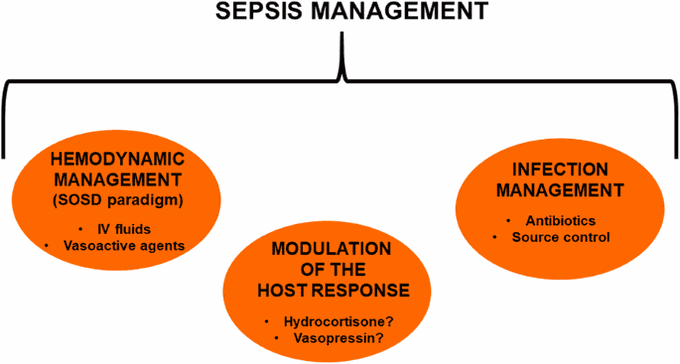


Management of septic shock
Septic shock is a life-threatening medical emergency that requires immediate treatment in an intensive care unit (ICU). Treatment involves supporting the body's organs and functions while treating the infection. Treatment goals Antibiotics: Start antibiotics as soon as possible with the correct dose and spectrum Source control: Identify and treat the source of the infection Organ function: Maintain adequate organ function by restoring blood flow and pressure Blood glucose: Normalize blood glucose levels to improve outcomes Treatment methods Fluids: Administer intravenous fluids to rehydrate the patient and increase blood pressure Oxygen therapy: Provide oxygen through a face mask or nasal cannula Ventilation: Use a breathing tube and ventilator if the patient is unable to breathe on their own Vasopressors: Use medications like norepinephrine or epinephrine to increase blood flow to organs Corticosteroids: Use corticosteroids like hydrocortisone to reduce mortality and increase shock reversal Insulin: Use insulin to maintain blood glucose levels between 110 and 180 mg/dL Antifungals: Consider antifungals for patients at risk of fungal infection Surgery: Perform surgery to remove the source of infection, such as an abscess or dead or infected tissue

